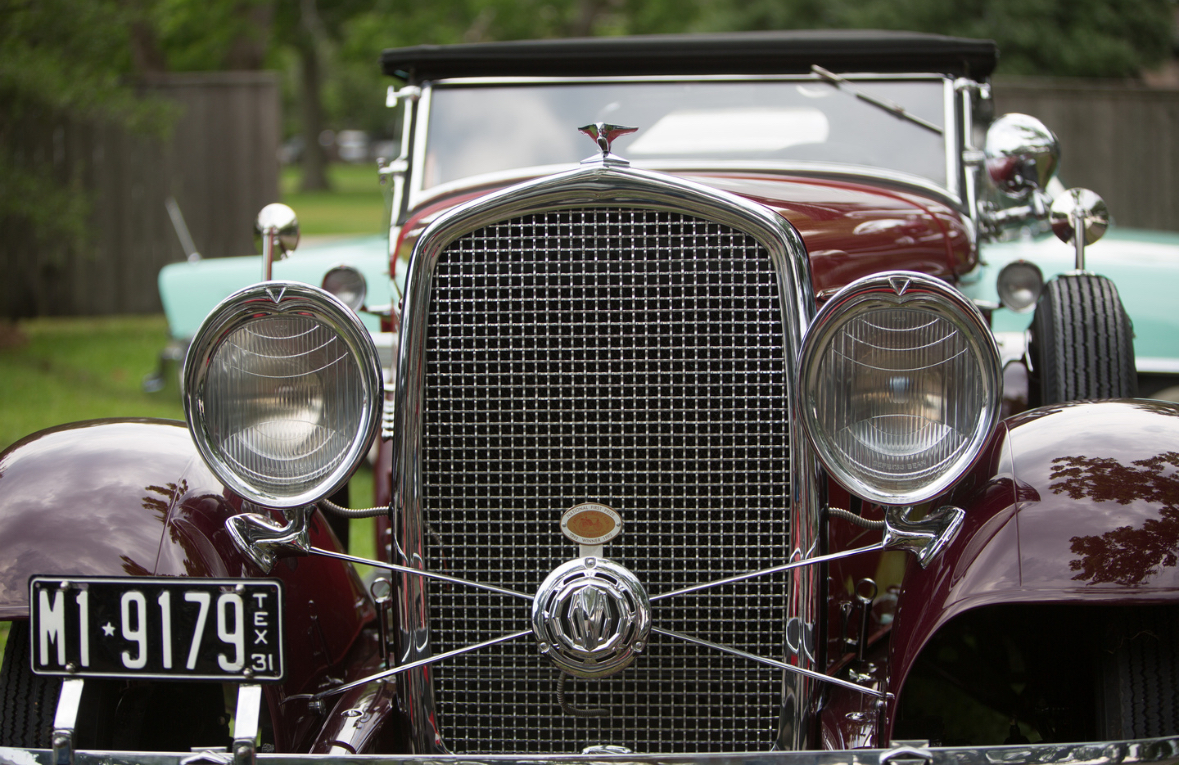

In the earliest days of the automobile, cars were more kin to carriages than to the high-performance machines we recognize today. They were handmade, intricate, and often luxurious in their detailing—fitted with polished brass radiators, gleaming oil lamps, and spoked wooden wheels. Each one was a marvel, not just of engineering, but of craftsmanship.
These early vehicles, known as “brass era” cars, reflected a time when the automobile was still a novelty—reserved for the wealthy or the daring. They were loud, slow, and mechanically simple, yet they captured imaginations around the world. The car represented freedom, progress, and modernity, even in its most rudimentary form.
But the world was changing quickly—and so were the needs of a growing population. The dream of making the automobile accessible to ordinary people began to take hold. It was a shift driven by visionaries like Henry Ford, who introduced not just a new kind of car, but a new way of making cars: the moving assembly line.
As the 1910s gave way to the 1920s and ‘30s, the automobile evolved rapidly. Brass trim disappeared, replaced by painted steel. Bodies became sleeker and stronger. The open-air driving experience gave way to enclosed cabins with glass windows and weather protection. Innovations like the electric starter and mechanical brakes made cars easier and safer to drive.
The design philosophy changed too. Cars were no longer boxy or upright. Designers began to think in curves—streamlining bodies for better airflow, even before aerodynamics was a science. Manufacturers started to care not only about how cars worked, but how they looked. It was an era that married function with form, giving birth to some of the most elegant and enduring designs in automotive history.
By the time the 1930s arrived, the transformation was complete. The car had gone from novelty to necessity. Streets were no longer the domain of pedestrians and horse carts—they were filled with rumbling engines and shining steel. Owning a car was no longer a fantasy; it was part of modern life.
This transition—from the handcrafted brass beauties of the early 1900s to the industrial steel icons of the pre-war era—laid the foundation for everything that came next. It was the first great leap forward in the automotive timeline, and it remains one of the most fascinating chapters in the story of how the world learned to drive.
Today, as you admire these beautifully preserved vehicles, you’re not just seeing old cars—you’re witnessing the transformation of society, technology, and design.
Because in every line of steel and every echo of brass, there’s a legacy worth preserving.
